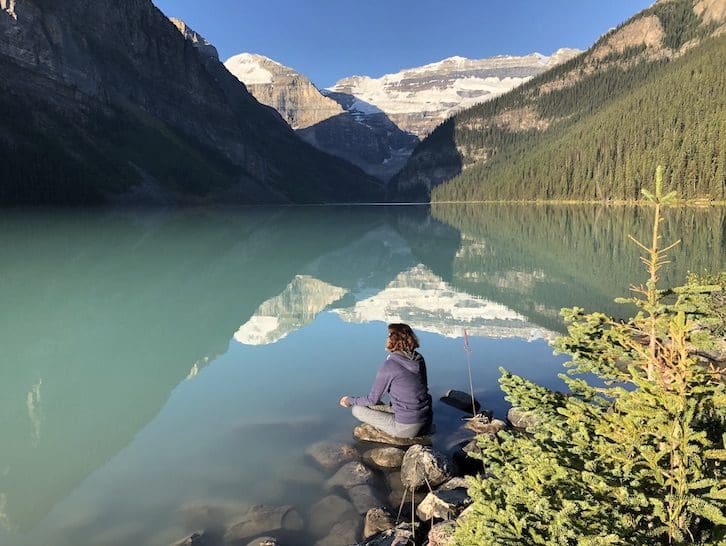One of the things I’ve noticed when coaching people is that they often talk about how frantically busy they are and how little opportunity they have to really have the space to think. They talk about wanting to ‘step back from the detail’ or ‘lift their heads up’ from the day to day demands. There is no doubt that their diaries are full and new demands are constantly arising, sapping more of their time (and energy) in being able to think and work more strategically and systemically. If I ask them how this effects how they show up as managers and leaders, there is often a sense of struggling against a tide of demands and juggling a multitude of challenges. There is often a feeling that they are missing something and don’t have the space to think and find new ways forward.
The most obvious things people consider when creating time to think is time management techniques. There is an entire industry of self help, management consultants and guru’s that will provide you with a raft of advice to time manage yourself within an inch of your life! Whilst good time management is helpful in ‘working smarter’ and can help in creating more time, it invariably gets filled with other activities and demands and you are still left feeling that you don’t have the ‘space’ to think.
So what is this ‘space to think’? It’s hard for people to quantify exactly what it is but as someone once said to me it’s like having a psychological shower and being able to see things afresh! It often involves creating the right physical, psychological and energetic conditions to enable this to happen. In the day to day reactivity and ceaseless busyness it is seen as a luxury you can ill afford, yet it is what makes the difference. Fear not, I have some quick fixes and a few long term suggestions that can help….
“…different problems sometimes require different thinking and different thinking sometimes needs different methods and processes of thinking.”
For most of us we usually only have a few ways or methods we might use to create our own space to think. This might be reading journals or posts for new ideas/perspectives, time spent thinking specifically about a problem, walking and puzzling through a challenge or maybe you employ a coach to help create that space for you to think. The point is, that we often limit the approaches and tools we use to think and return to the same ones, but here’s the catch, different problems sometimes require different thinking and different thinking sometimes needs different methods and processes of thinking. So the number one thing to consider is not the challenge itself, but what’s going to help me navigate this challenge? And the quality of your thinking is a critical part of this.
Ask yourself, what is going to give me the space to think? Who can help me think more effectively? Is the way I normally think enough? How do I need to think and what needs to change in my thinking?
When we have a challenge we tend to use critical thinking and try to puzzle out a solution. It can feel like hard work and in reality we are using a blend of logic and emotion based on our past experiences and skills acquired. In a sense this is the data we are using to consider how to solve the challenge. Whilst this is useful and most of the time reliable enough, it can also be limiting and doesn’t draw on all of the resources available to us. How many times have you spent many hours using this approach and still not found the ‘ah ha’ moment! Below are some suggestions to consider in enabling the quality of the space to think to be different and to offer the possibility of creating new perspectives and ways to consider the challenges faced.
- Mindset- Consider the mindset you are entering with before you start to puzzle out the problem. Stress, worry and pressure tend not to help thinking in new ways. They create a resistance that makes us become restrictive in our thinking. Establishing an open mind before approaching the thinking can help enormously. There are various techniques that can be used and I have a number that I use in coaching. Additionally, such techniques as meditation, grounding, zoom out or you may have your own way that works, for example I know some people who go for a run first. Play can be particularly useful in groups, fun can be supportive of enabling a creative atmosphere and freeing mindsets from the normal constraints and behaviour patterns.
- Expectations- we can falsely place expectations on our space to think, believing that we can solve all the problems in one sitting. When we don’t achieve our expectations, we feel disappointed and this becomes a potential barrier to future thinking. At the end of a sessions or exercise that gives space to think reflect on what has been learned and achieved? Reflect on what else might have helped? There are no failures, only learning!
- Time- Consider the best time of day for you, when you have more clarity in your thinking. You’re aiming for a focused mind that is present and is open to all possibilities before you start. Also think about how much time is needed. We can sometime mistakenly think that we need lots and lots of time to enable free flow and creative thinking. So we never get to it because we never have enough time! It’s also true that too much time can sometimes be an impediment in that the boundlessness means we think too much! The constraint of time can support creativity by enabling more intuitive action. Sometimes less is more!
- Physical Space- Consider the physical space and how this is or isn’t conducive to enabling an open and creative mindset. If you use the same meeting room you use everyday and sit in the same spaces around the same table, how do you expect to think differently? Is it helpful if the environment stimulates in some way, such as being outside or is quiet space that is undisturbed needed?
- Relationship- We’re hardwired social creatures. We sometimes value space to think that is solitary, but in reality some of the most valuable spaces to think are with other people. Ideas and feelings can be verbalised and brought to life. The exchange and exploration of ideas creates new meanings. The essence of coaching is using a particular relationship to enable the space to think! I’ve worked with many people who value coaching not only for the insight it can bring through powerful questions but also just hearing yourself verbalise your thinking. Ask yourself who can help? Consider the people with ideas but also more importantly those who are skilled in listening and asking the right questions.
- Approaches- We have considered the critical thinking approach, but different models may also help us to think differently. These maybe structured models that support cognitive critical thinking, classic examples being things such as SWOT, PESCI, Forcefield analysis etc. I would also encourage more creative approaches that enable you to tap into intuition, enable lateral thinking, reframing etc. Use of metaphor, creativity and play to enable new perspectives to emerge. In the serious world of work and business, this can seem frivolous or be frowned upon but essentially you are just using more of ‘you’ to solve the challenge, rather than the same thinking that while useful has limitations and limited thinking leads to limited solutions.
- Ask the Right Questions- As Carl Jung put it “To ask the right question is already half the solution to a problem”. In my experience, start by asking yourself the question you want answering and then spend some time really considering if this is the question that cuts to heart of the issue. Think of the other questions you will need to answer or that you might pose to help change your perspective. What might the questions be that someone else needs answering? Particular techniques can be helpful in supporting the development of the right questions such as more socratic questions or use of action learning.
Of course there is much more to creating the right space to think, but the above is a good starting point. In the busyness of work it’s so easy to forget to create space for ourselves. Being able to find space to stand back and think, supports our own wellbeing by being able to gain perspective and reconnect with what is important. If you believe that when the quality of your thinking is enhanced then so to is your impact, it is an investment you can’t afford not to make.
I support managers and leaders to have ‘space to think’. If this has been helpful and you need some ‘space to think’ then I might be able to help. Contact me for a no obligation chat and let’s see what happens.
Image: J Stewart. Lake Louise Canada 2019

